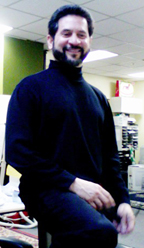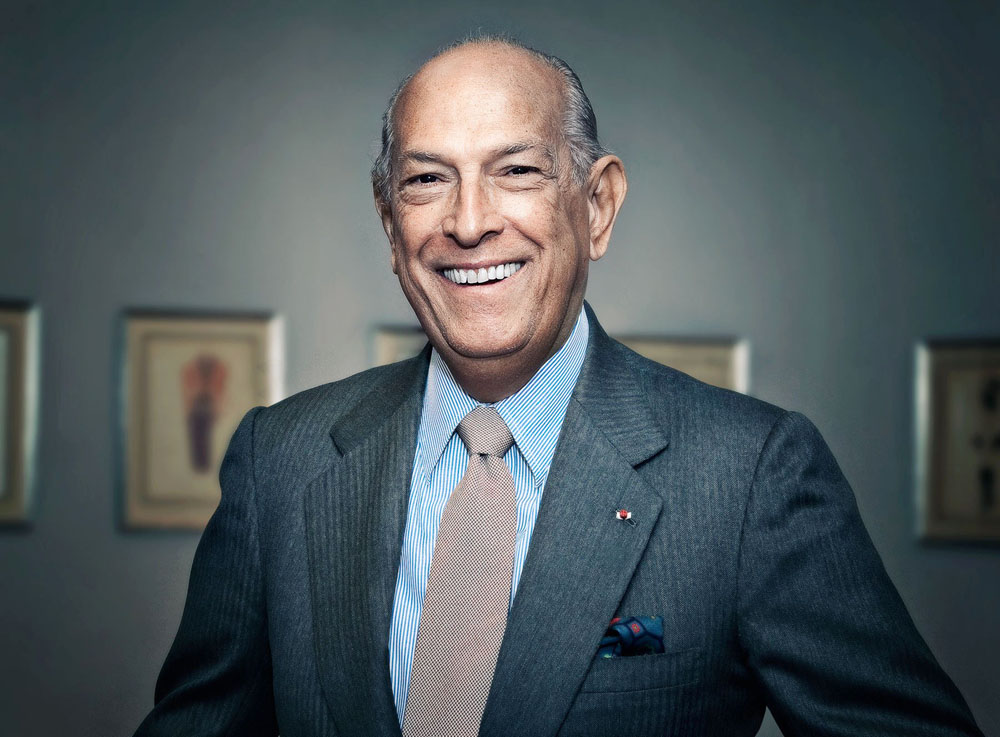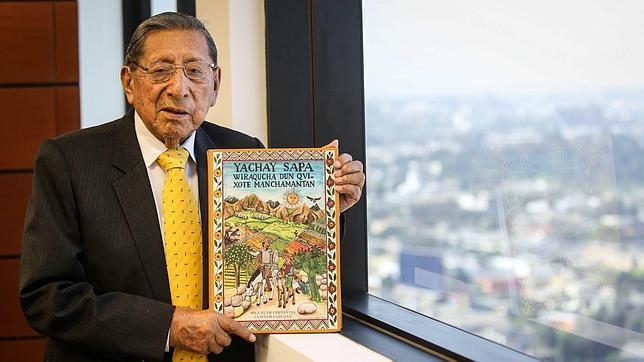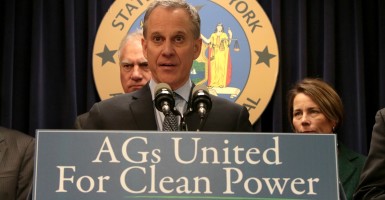NOTE FROM THE EDITOR:
My research on controversial topics continue to pay off. I found this excellent and interesting article, which, due to its length, it will be published in parts. In this piece you will learn about how is that President John Fitzgerald Kennedy’s Executive Order 11110, gave the Treasury Department Constitutional power to again create and issue currency -money – without going through the privately owned Federal Reserve Bank, that is what is currently done now. It suggests that JFK was kill for that reason. FIRST PART OF A SERIES.
by John-F-Kennedy.net
On June 4, 1963, a virtually unknown Presidential decree, Executive Order 11110, was signed with the authority to basically strip the Bank of its power to loan money to the United States Federal Government at interest. With the stroke of a pen, President Kennedy declared that the privately owned Federal Reserve Bank would soon be out of business. The Christian Law Fellowship has exhaustively researched this matter through the Federal Register and Library of Congress. We can now safely conclude that this Executive Order has never been repealed, amended, or superceded by any subsequent Executive Order. In simple terms, it is still valid.
When President John Fitzgerald Kennedy – the author of Profiles in Courage -signed this Order, it returned to the federal government, specifically the Treasury Department, the Constitutional power to create and issue currency -money – without going through the privately owned Federal Reserve Bank. President Kennedy’s Executive Order 11110 [the full text is displayed further below] gave the Treasury Department the explicit authority: “to issue silver certificates against any silver bullion, silver, or standard silver dollars in the Treasury.” This means that for every ounce of silver in the U.S. Treasury’s vault, the government could introduce new money into circulation based on the silver bullion physically held there. As a result, more than $4 billion in United States Notes were brought into circulation in $2 and $5 denominations. $10 and $20 United States Notes were never circulated but were being printed by the Treasury Department when Kennedy was assassinated. It appears obvious that President Kennedy knew the Federal Reserve Notes being used as the purported legal currency were contrary to the Constitution of the United States of America.
“United States Notes” were issued as an interest-free and debt-free currency backed by silver reserves in the U.S. Treasury. We compared a “Federal Reserve Note” issued from the private central bank of the United States (the Federal Reserve Bank a/k/a Federal Reserve System), with a “United States Note” from the U.S. Treasury issued by President Kennedy’s Executive Order. They almost look alike, except one says “Federal Reserve Note” on the top while the other says “United States Note”. Also, the Federal Reserve Note has a green seal and serial number while the United States Note has a red seal and serial number.
President Kennedy was assassinated on Nov. 22, 1963 and the United States Notes he had issued were immediately taken out of circulation. Federal Reserve Notes continued to serve as the legal currency of the nation. According to the United States Secret Service, 99 percent of all U.S. paper “currency” circulating in 1999 are Federal Reserve Notes.
Kennedy knew that if the silver-backed United States Notes were widely circulated, they would have eliminated the demand for Federal Reserve Notes. This is a very simple matter of economics. The USN was backed by silver and the FRN was not backed by anything of intrinsic value. Executive Order 11110 should have prevented the national debt from reaching its current level (virtually all of the nearly $9 trillion in federal debt has been created since 1963) if LBJ or any subsequent President were to enforce it. It would have almost immediately given the U.S. Government the ability to repay its debt without going to the private Federal Reserve Banks and being charged interest to create new “money”. Executive Order 11110 gave the U.S.A. the ability to, once again, create its own money backed by silver and realm value worth something.
Again, according to our own research, just five months after Kennedy was assassinated, no more of the Series 1958 “Silver Certificates” were issued either, and they were subsequently removed from circulation. Perhaps the assassination of JFK was a warning to all future presidents not to interfere with the private Federal Reserve’s control over the creation of money. It seems very apparent that President Kennedy challenged the “powers that exist behind U.S. and world finance”. With true patriotic courage, JFK boldly faced the two most successful vehicles that have ever been used to drive up debt:
1) war (Viet Nam); and,
2) the creation of money by a privately owned central bank. His efforts to have all U.S. troops out of Vietnam by 1965 combined with Executive Order 11110 would have destroyed the profits and control of the private Federal Reserve Bank.
IT WILL CONTINUE ON THE NEXT WEEK EDITION.








